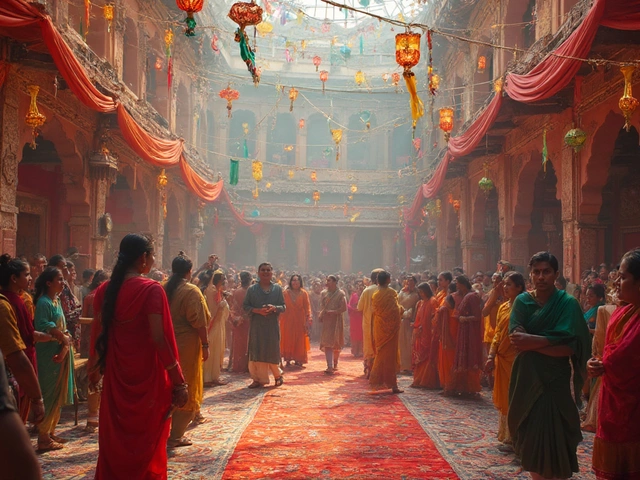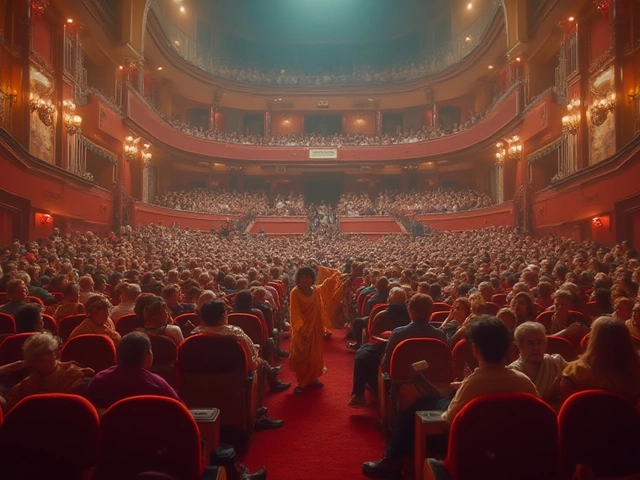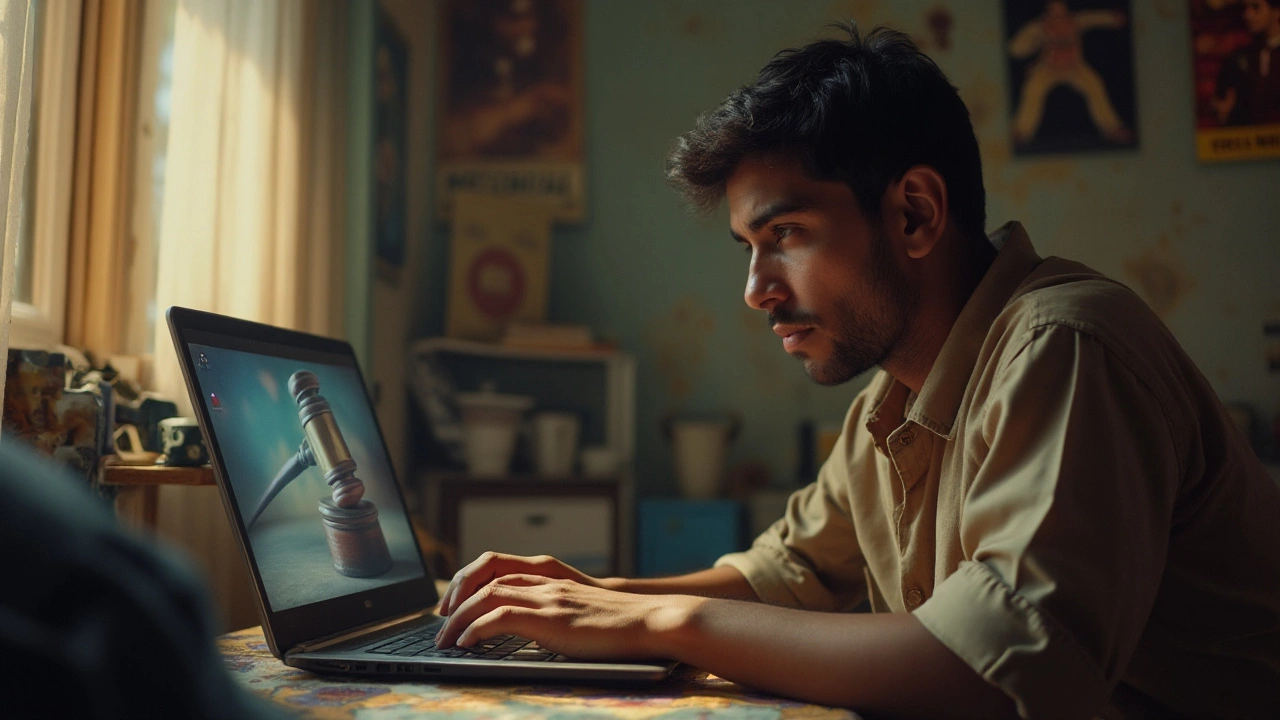Copyright Law and Indian Cinema
When talking about Copyright Law, the set of legal rules that protect original creative works such as movies, music, and scripts. Also known as IP law, it governs who can copy, share, or adapt a film and under what conditions. Bollywood, India’s Hindi‑language film industry based in Mumbai relies on these rules to monetize big‑budget productions and keep the money flowing to studios, actors, and technicians. Streaming Platforms, online services that distribute movies and shows to viewers worldwide need clear licenses before they can offer a film to subscribers, while the Box Office, the revenue generated from ticket sales in cinemas reflects how well a movie performs when the rights are properly cleared. In short, copyright law links creative output, distribution channels, and revenue streams, creating a legal backbone for the entire Indian entertainment ecosystem.
Key Areas of Copyright Law in Indian Cinema
One major pillar is licensing. Every script, soundtrack, and visual effect is an asset that must be licensed to producers, editors, and distributors. When a studio forgets to clear a song sample, the whole film can face a costly injunction. Another pillar is royalties. Actors, composers, and writers often negotiate royalty clauses that kick in each time a film is streamed or rebroadcast, turning a one‑time fee into a long‑term income stream. Infringement is the third concern: pirated copies of a blockbuster can appear online within hours of release, cutting into box‑office earnings and streaming subscriptions. The law gives right‑sholders the power to issue takedown notices, pursue damages, and even halt illegal screenings. Finally, digital rights management (DRM) is becoming essential as more viewers shift to on‑demand platforms; DRM tools rely on the legal framework that Intellectual Property, the broader category covering copyrights, patents, and trademarks provides.
How does all this play out in real life? A Bollywood producer planning a sequel must first secure the original film’s copyright, then negotiate new agreements for any added songs or visual effects. The sequel’s distribution plan will split between theatrical release—where the Box Office numbers determine profit shares—and digital rollout, which depends on streaming contracts that respect the same copyright clauses. Likewise, an actor’s contract may include a clause that a portion of streaming revenue goes directly to them, linking personal earnings to the enforcement of copyright law. When these pieces line up, the industry sees smooth releases, higher revenue, and fewer legal battles. When they don’t, you get headline‑grabbing lawsuits and delayed projects.
Looking ahead, the rise of short‑form content, user‑generated clips, and AI‑generated remixes is testing the limits of existing statutes. Courts are starting to interpret how much of a film can be used in a meme before it counts as infringement, and legislators are drafting updates to protect creators while encouraging innovation. For anyone involved in Indian cinema—whether you’re a director, a music composer, a streaming executive, or a fan curious about why your favorite movie is available where it is—understanding copyright law is no longer optional. Below you’ll find a curated set of articles that break down these concepts, show real‑world examples, and offer practical tips to stay on the right side of the law.
Legal Consequences of Downloading Bollywood Songs Illegally
Downloading music illegally, especially Bollywood songs, can have serious legal consequences. These consequences depend on location and the severity of the piracy act. This article explores the various risks associated with music piracy, including potential fines and legal actions. It also offers some practical tips for accessing music legally. Understanding these complexities is essential to avoid unexpected penalties.





